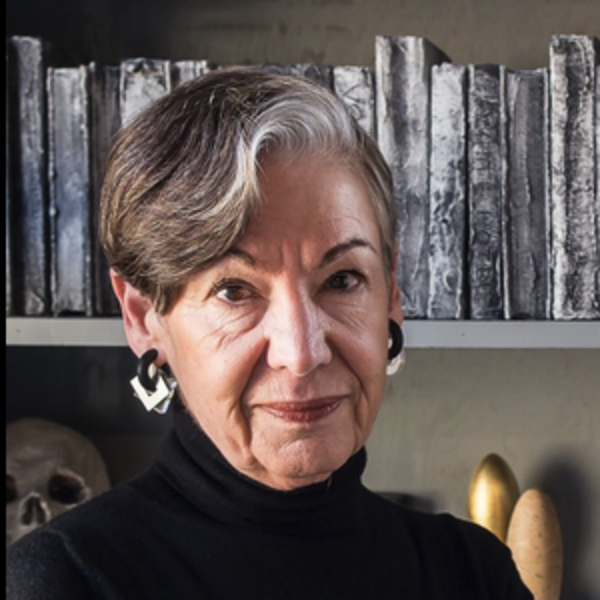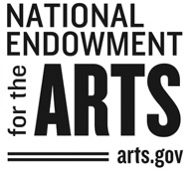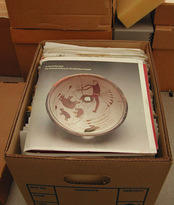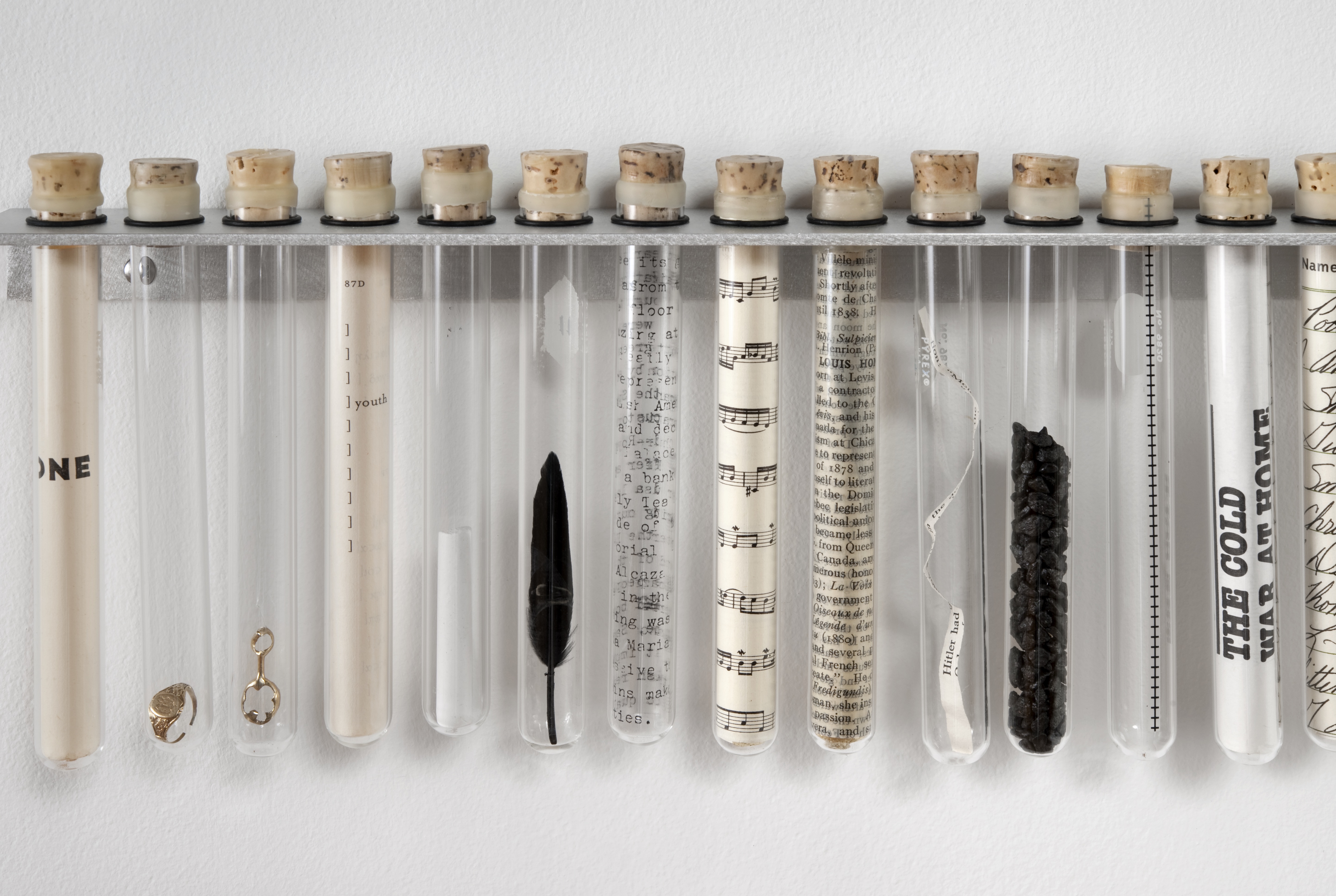
The Weisman Art Museum is proud to present Harriet Bart: Abracadabra and Other Forms of Protection, the first retrospective and monograph devoted to Harriet Bart, a pioneering artist whose powerful and varied conceptual installations and national and international exhibitions have made unique creative contributions to contemporary American art.

Bart’s work addresses urgent contemporary issues: the devastations of war, the complexities of memorialization, the emotional dimensions of space, the gendering of labor. This exhibition reflects on art’s ability to protect and transform, to expand our capacity for empathy, and to sensitize us to histories we might otherwise forget.
This exhibition locates Bart—a co-founding member of the important feminist art collective the Women's Art Registry of Minnesota—as a leading multidisciplinary, conceptual artist to emerge during the historic shifts in 1970s art.
Featuring approximately 100 objects, the exhibition includes fiber works, paintings, sculptures, prints, artists books, and multimedia installations. A newly commissioned installation that evokes the ancient Jewish tradition of geniza, the practice of safeguarding written texts that might otherwise be discarded, will also be featured.
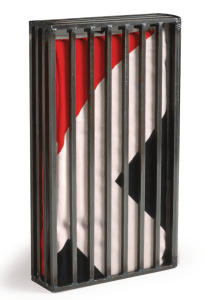
Bart's work represents the movements that have inspired her: fiber art, feminism, Conceptualism, Minimalism, and Jewish mysticism. She distills the complex ideas and histories that inform her practice into spare, beautiful objects and installations that express a singular vision and originality.
The exhibition will be accompanied by a major publication—edited by exhibition curator Dr. Laura Wertheim Joseph and featuring contributions from authors from across disciplines. Contributors include: Betty Bright, Stephen Brown, Robert Cozzolino, Elizabeth Erickson, Heather Everhart, Nor Hall, Matthea Harvey, Joanna Inglot, Eric Lorberer, Jim Moore, WAM senior curator Diane Mullin, Samantha Rippner, Joan Rothfuss, John Schott, 신 선 영 Sun Yung Shin, and Susan Stewart. See a full list of contributors here
Virtual Visit
Related Programs
ARTIST TALK WITH HARRIET BART | Watch anytime on WAM TV
Harriet Bart and exhibition curator Laura Wertheim Joseph, PhD, in dialogue about the artist’s life, work, and retrospective.
SEVEN FORMS STUDENT DESIGN SHOWCASE | Find more in WAM@Home
Student artist photo-profiles, featuring their new garment designs and behind-the-scenes video shorts on the design process, all available online. Emerging student designers created ready-for-the-runway garments that explore the conceptual and material dimensions of protection, and what that means in contemporary life.
HOW DOES YOUR GARDEN GROW? | Read more commissioned writing on the WAM blog
Excerpts from YOLOW zines' recent publication, against a backdrop of the pandemic and the summer's uprisings. Featuring art and words contributed by various local artists on the homegrown magic of tending both soil and community. Editor L. Kling writes, "Gardens can be literal places for growing our flowers and vegetables, or gardens can be inside our hearts and minds. How are we tending our gardens? How are we sowing our seeds for a harvest where no one will be hungry? What magic are we finding in the sunshine, water, and soil?"
The exhibition and catalog are generously supported by individual donors and through grants from The Andy Warhol Foundation for the Visual Arts and National Endowment for the Arts.
